Tactical Air Control Party (TACP) vs. Combat Controllers (CCT)

Tactical Air Control Party and Combat Controllers.
Two elite, professional, highly trained entities of the United States Air Force.
What sets them apart? What do they have in common? What can they do? Keep reading, and we’re going to answer all of those questions for you and much more about TACP’s and CCT’s.
TACP’s are Airmen who work in austere environments, providing precision terminal attack guidance for U.S. and coalition fixed- and rotary-wing close air support aircraft, artillery, and naval gunfire, while also establishing and maintaining command and control communications, and advising ground commanders on the best use of air power. Their motto is: "The Strong Shall Stand, The Weak Will Fall by the Wayside".
CCT’s carry out some of the military’s most difficult missions, acting as a one-man attachment to other special operations teams. These highly specialized Airmen are trained in a wide range of skills, which we’ll get into in the following sections of this blog post. They often deploy undetected into combat and hostile environments, and are experts in air traffic control. Their motto is “First There".
TABLE OF CONTENTS
TACTICAL AIR CONTROL PARTY (TACP) VS. COMBAT CONTROLLERS (CCT): CAPABILITIES
TACTICAL AIR CONTROL PARTY (TACP) VS. COMBAT CONTROLLERS (CCT): LOCATIONS
TACTICAL AIR CONTROL PARTY (TACP) VS. COMBAT CONTROLLERS (CCT): TRAINING
TACTICAL AIR CONTROL PARTY (TACP) VS. COMBAT CONTROLLERS (CCT): REQUIREMENTS
TACTICAL AIR CONTROL PARTY (TACP) VS. COMBAT CONTROLLERS (CCT): CONCLUSION
TACTICAL AIR CONTROL PARTY (TACP) VS. COMBAT CONTROLLERS (CCT): CAPABILITIES

At first glance, it might seem like TACP’s and CCT’s have a similar mission and responsibility. Both are capable of calling in airstrikes. But the further you look into it, the more you’ll see how different they are.
TACP’s mostly operate with the Army, with some embedded with the Marines, and a small percentage working with SOF forces. CCT’s, on the other hand, are under AFSOC, meaning every CCT is a special operator. They embed in various SOF units, bringing with them their Air Traffic Control expertise. This means that if you serve as a TACP, chances are, you’ll be with conventional forces, but if you go CCT, you’ll be guaranteed to work in SOF. You pretty much have two choices, do you want to control, or do you want to party?
We’re joking, of course…
TACP’s primary mission is to get bombs on target, whereas CCT’s primary mission is to land and control aircraft in denied areas. While all TACP’s become JTAC’s, more and more CCT’s are beginning to also get JTAC qualified, meaning CCT’s can also put bombs on target. And, on top of that, CCT’s are FAA-certified air traffic controllers. That means that if you want to go work in that field after you get out, you can! TACP’s take no part in air traffic control, again, they mainly deal with guiding airstrikes.
Due to the nature of SOF, CCT’s conduct special reconnaissance, establish assault zones or airfields, while simultaneously conducting air traffic control, fire support, command, control, communications, and forward air control. They deploy with air and ground forces in support of direct action, such as counter-terrorism, foreign internal defense, humanitarian assistance, and combat search and rescue.
They also employ all-terrain vehicles, amphibious vehicles, weapons, and demolitions in pursuit of their objectives. For the TACP’s that find themselves in SOF, they also do some of the same stuff, as SOF missions naturally overlap. When deployed with tactical ground forces, TACP’s employ small unit tactics, conduct close quarters battles, casualty collection, vehicle operations, and prepare deployed sites.
So, to quickly recap the opportunities for both of these communities, the only guaranteed schools for TACP are the JTAC qualification course, SERE, and Jump School. The rest of the potential schools really depend on being at the right place at the right time. CCT’s are guaranteed Dive and Military Free fall, and have much more funding and opportunities to go to schools like Sniper school, breacher school, JTAC, etc.
TACP’s have an officer counterpart, which are TACP Officers, formerly known as Air Liaison Officers. CCT’s officer counterparts, on the other hand, are Special Tactics Officers. So if you want to serve as an officer in these career fields, those are what they’d be.
TACTICAL AIR CONTROL PARTY (TACP) VS. COMBAT CONTROLLERS (CCT): LOCATIONS

Since TACP’s carry the nickname of Air Force Infantry, due to their being embedded in Army units, they can spend most of their time on Army bases.
If you find yourself serving in SOF as a TACP, you can be at Ft. Benning, Ga, Joint Base Lewis McChord, Wa., Hunter Army Airfield, Savannah, Ga., Cannon Air Force Base, New Mexico, Pope Field North Carolina, Hurlburt Field Florida, and others.
As a Combat Controller, you can be stationed at Hurlburt Field, Florida, Pope Field, North Carolina, Joint Base Lewis McChord Washington, Cannon Air Force Base, New Mexico, Kadena Air Base, Japan, and RAF Mildenhall, United Kingdom.
TACTICAL AIR CONTROL PARTY (TACP) VS. COMBAT CONTROLLERS (CCT): TRAINING

Let’s start off with the training pipeline to become a TACP.
The pipeline consists of:
- U.S. Air Force Basic Military Training - 8 weeks
- Special Warfare Preparatory Course - 8 weeks
- TACP Preparatory Course – 1 week
- TACP Apprentice Course – 12 weeks
- U.S. Army Airborne School – 3 weeks
- SERE School - 3 weeks
Now onto the CCT’s pipeline:
- Basic Military Training (BMT) - 8 weeks
- Special Warfare Preparatory Course - 8 weeks
- Special Warfare Assessment and Selection Course (A&S) - 4 weeks
- Special Warfare Pre-Dive Course - 4 weeks
- Special Warfare Combat Dive Course - 5 weeks
- U.S. Army Airborne Jump School - 3 weeks.
- Military Free Fall Course - 3 weeks
- SERE Training - 3 weeks
- Air Traffic Control Course - 11 weeks
- Combat Control Apprentice Course - 8 weeks
- Special Tactics Training - 6 months
As you probably noticed, the training pipeline for CCT is significantly longer than the one for TACP. Keep that in mind if you’re interested in either of these fields. And just because CCT’s is longer than TACP’s doesn’t mean they’re any better than them. They just have a different mission and purpose, therefore, their training pipeline length differs.
TACTICAL AIR CONTROL PARTY (TACP) VS. COMBAT CONTROLLERS (CCT): REQUIREMENTS

Let’s kick this section off with a requirement you’ll need for both of these communities: you’ll have to take the IFT, which stands for Initial Fitness Test. For a Special Warfare Open Enlistment Contract, you’ll need the same minimums. Remember, don’t shoot for just the minimums, you need to go way beyond that.
The events and minimums of the IFT are:
- Max pullups in 2 Minutes with a minimum of 8
- Two minutes rest
- Max situps in 2 minutes with a minimum of 50
- Two minutes rest
- Max pushups in 2 minutes with a minimum of 40
- Ten minutes rest
- 1.5 Mile run in 10:20 or less
- 30 minutes rest
- Two 25 Meter underwater swims with a 3 minute rest in between each one
- Ten minutes rest
- 500 Meter swim in 15 minutes or less
With the PAST out of the way, let’s go over the requirements respective to each of these communities.
For TACP the minimum requirements are:
- Pass the IFT standards for TACP
- Score a 30 on the TACP selection model completed in Tailored Adaptive Personality Assessment System
- Normal Color vision and depth perception
- Meet the general Air Force’s enlistment requirements
And for CCT the minimum requirements are as follows:
- Successful completion of the CCT IFT
- Minimum score of 30 on CCT selection model completed in Tailored Adaptive Personality Assessment System
- Physical qualifications for air traffic controller duty, marine diving duty and parachute duty, Normal color vision and depth perception
- Meeting the general Air force’s enlistment requirements
TACTICAL AIR CONTROL PARTY (TACP) VS. COMBAT CONTROLLERS (CCT): CONCLUSION

In this blog post, you learned that TACP’s and CCT’s are very similar, yet quite different. TACP’s focus is getting bombs on target, and CCT’s are experts in air traffic control. TACP’s serve mostly with conventional forces, whereas CCT’s fall under AFSOC and serve with SOF units. While both of these communities serve different purposes, they both bring talent, skill, and professionalism to the battlefield, leaving a lasting and positive impact.
If you want to learn more about the military, law enforcement, or government entities, we have a YouTube channel dedicated to providing the best info out there, plus we have a growing list of blog posts as well. Click the links to take you to them!
General Discharge is a veteran-owned, veteran-operated organization that is dedicated to providing the best U.S. Military and Law Enforcement information. With over 250 YouTube videos, over 45 million views, and hundreds of thousands of followers, we have contributed to the success and knowledge of both the current and future generations of service members.
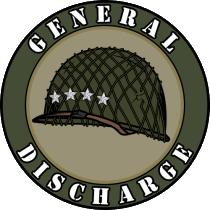
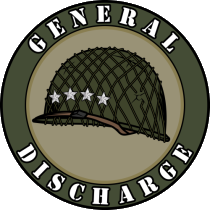

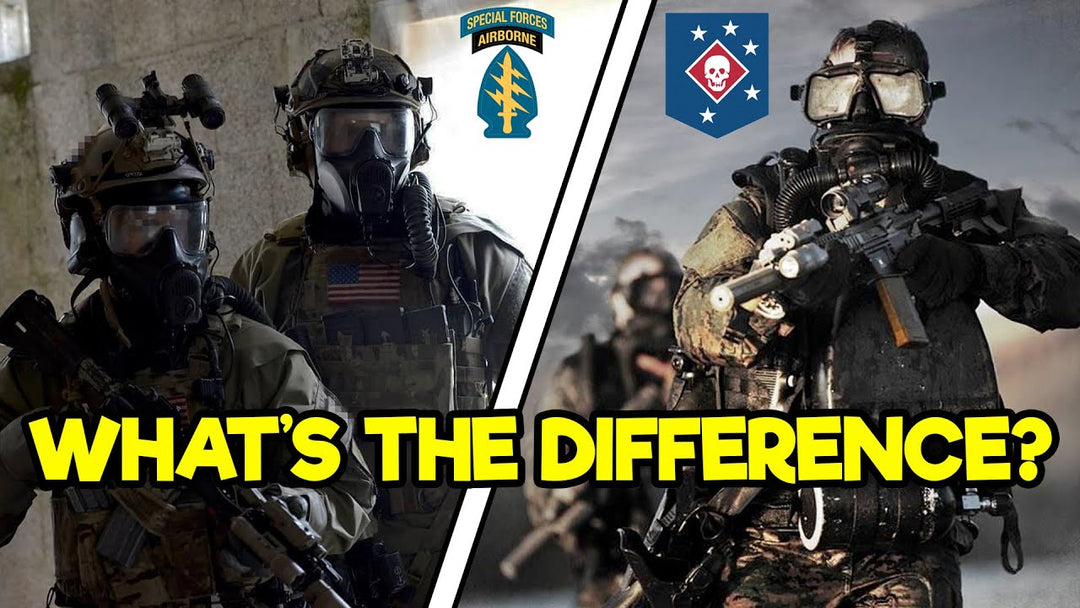
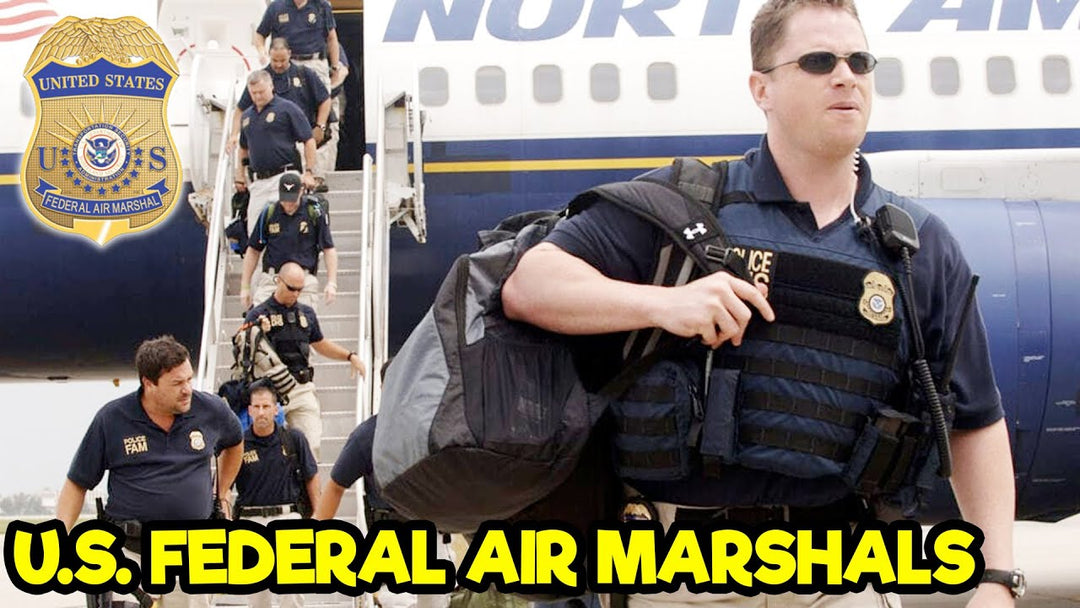
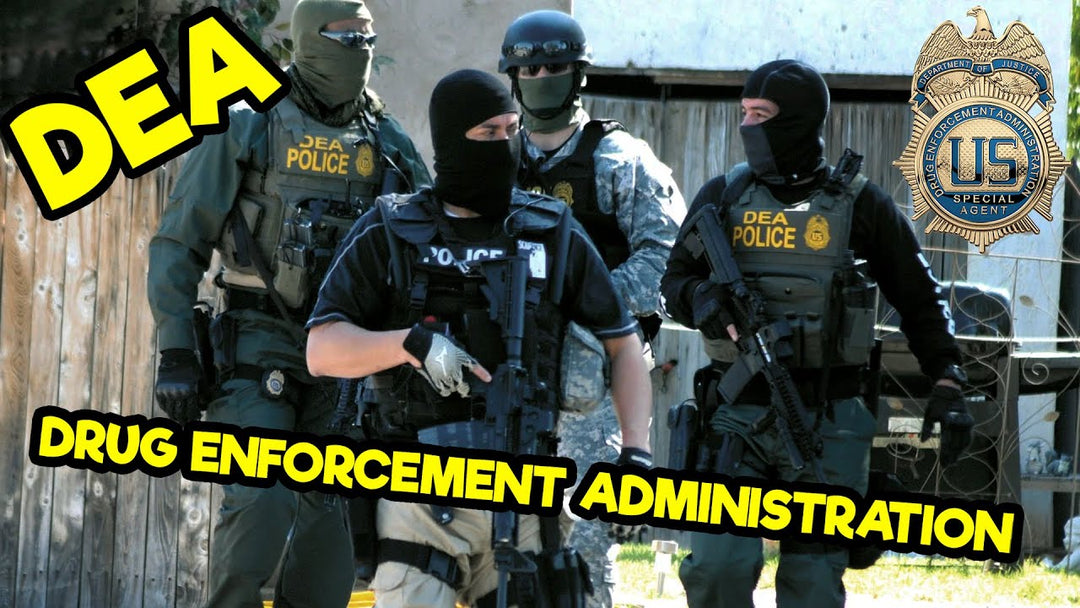
Leave a comment